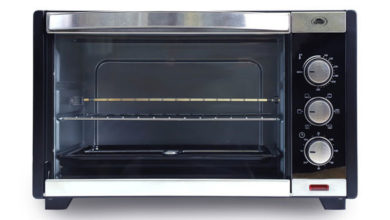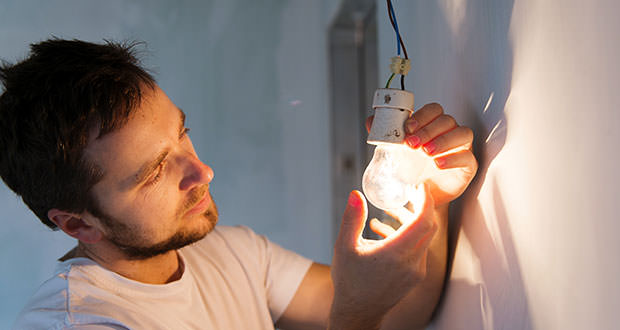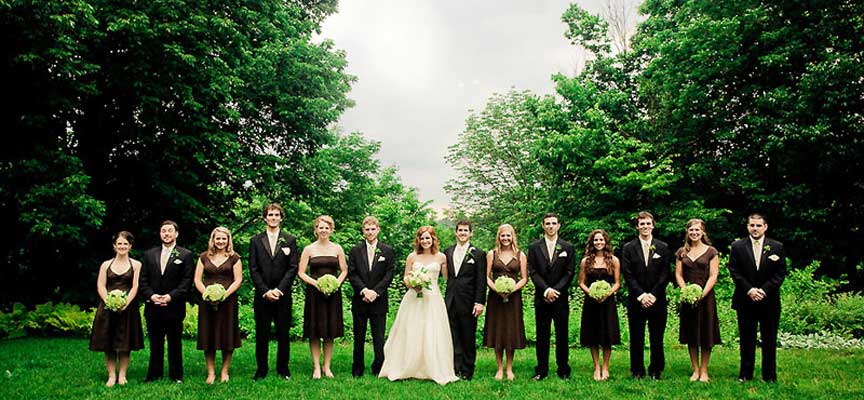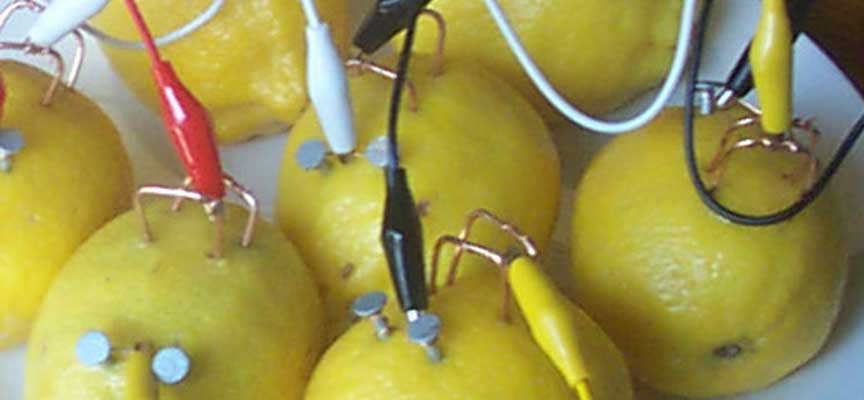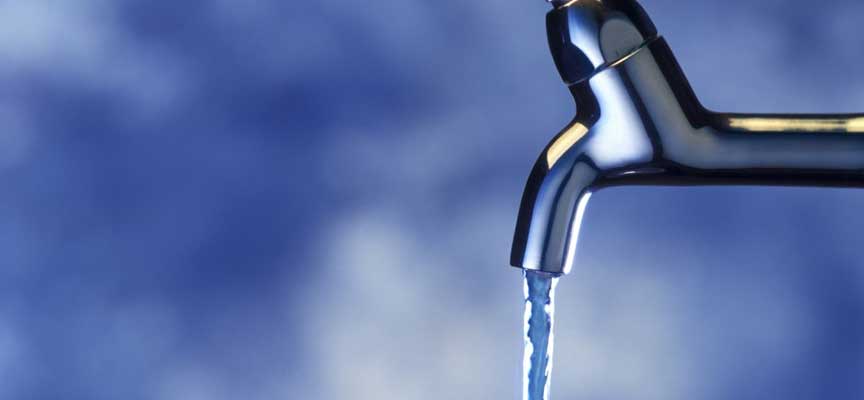How to purify rainwater
Rainwater can be used for different domestic uses, both inside the house and in the garden. Let’s see some tips for his cleansing, and to use this resource, collecting and filtering it properly.
The use of rainwater is an environmentally friendly and efficient way to reduce waste and use a valuable resource efficiently. The advantages deriving from a recovery of water resources such as this are several: first, the rainwater does not contain chlorine and limestone for which is excellent for domestic uses such as for cleaning and irrigation of the plants, also is free, and then will cost less in the bill. First, we have to install a tank to retrieve most of the rain, and it is suitable for your use.
Capacious enough bins that collect water from the gutters to water the plants, and we can install a larger capacity tank for professional and home use extended and secured to prevent the formation of algae.
This system will also be integrated with the normal water so that when the stock is depleted, it will resume the normal flow coming from the aqueduct. Obviously, we cannot use it for food before a process of filtration and purification, so it is advisable to use it mainly for washing, cleaning, and toilet.
The tanks and storage devices, in addition to storing water, are fitted with an automatic filtering system that depurerà the water from the slag in order to use as an alternative to that of the tap, in utilities prepared.
The filters should be cleaned periodically and replaced if necessary, together with the various components, to ensure the maximum efficiency and the hygiene of the water, avoiding the deposit of debris. Some water purifiers can be installed on the valve to make it drinkable even for food use.
Water purification is necessary first and foremost a treatment that removes the larger debris, using filters (eg tissue) and making a deposit in a container sanitized. The water must be boiled to eliminate germs and bacteria, they must be added to the chemicals that contribute to the elimination of all harmful substances.
They are used for this purpose chlorine and iodine or other specific compounds, in precise amounts, allowing them to act for at least half an hour. The water is then stored in a sterile container and sealed and consumed within a short period. The sterilization process is not easy, and you should be guided by an expert because ingesting non-potable water can cause serious poisoning.
Never forget: Use rainwater for non-food purposes.

